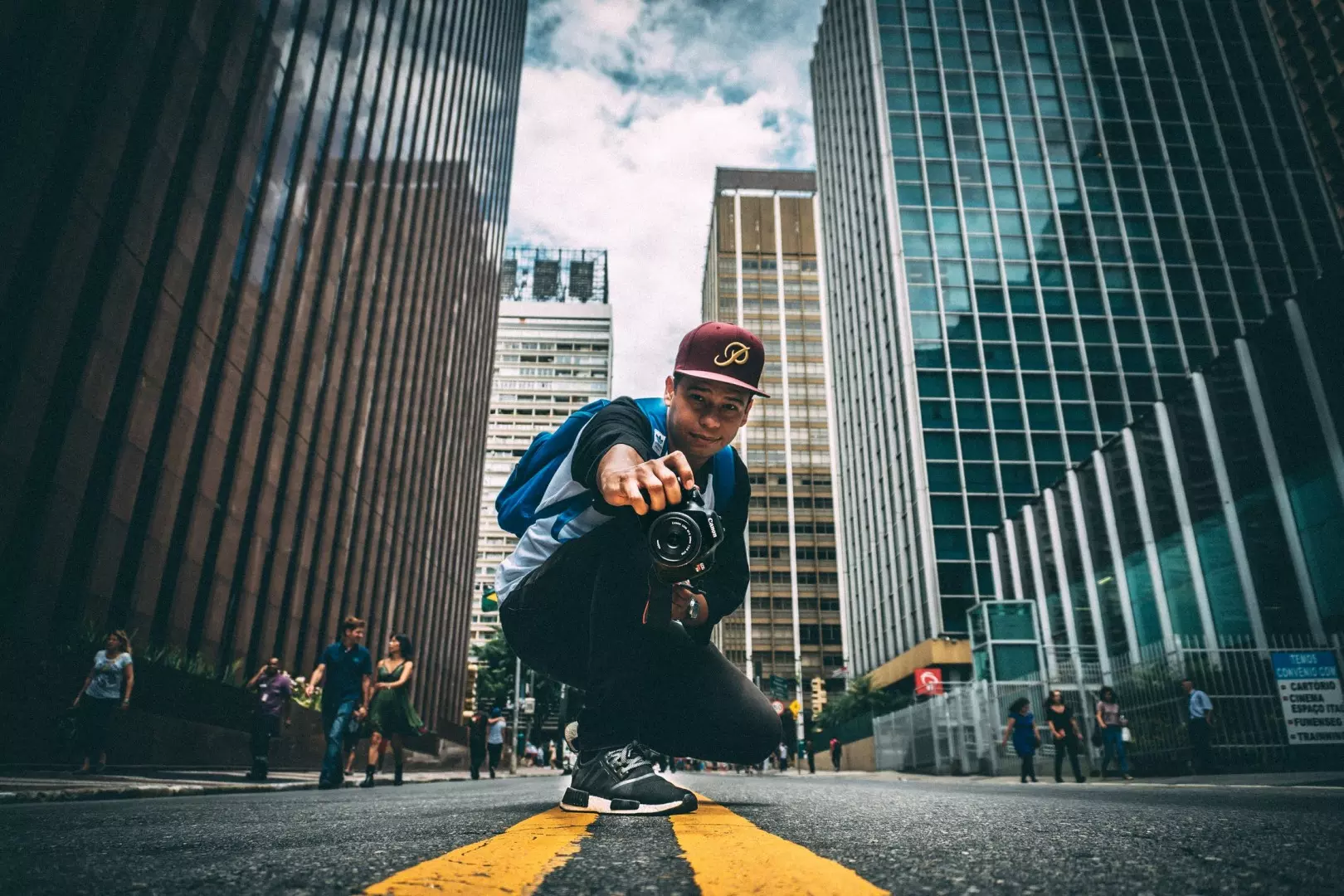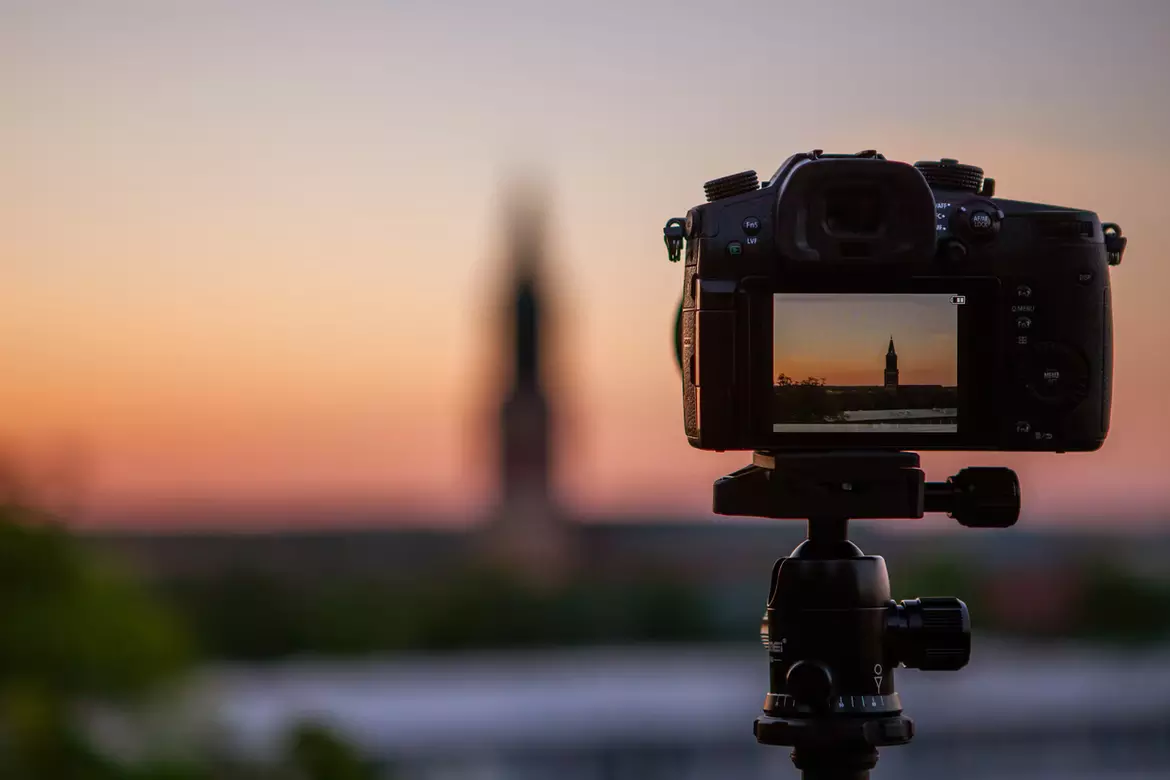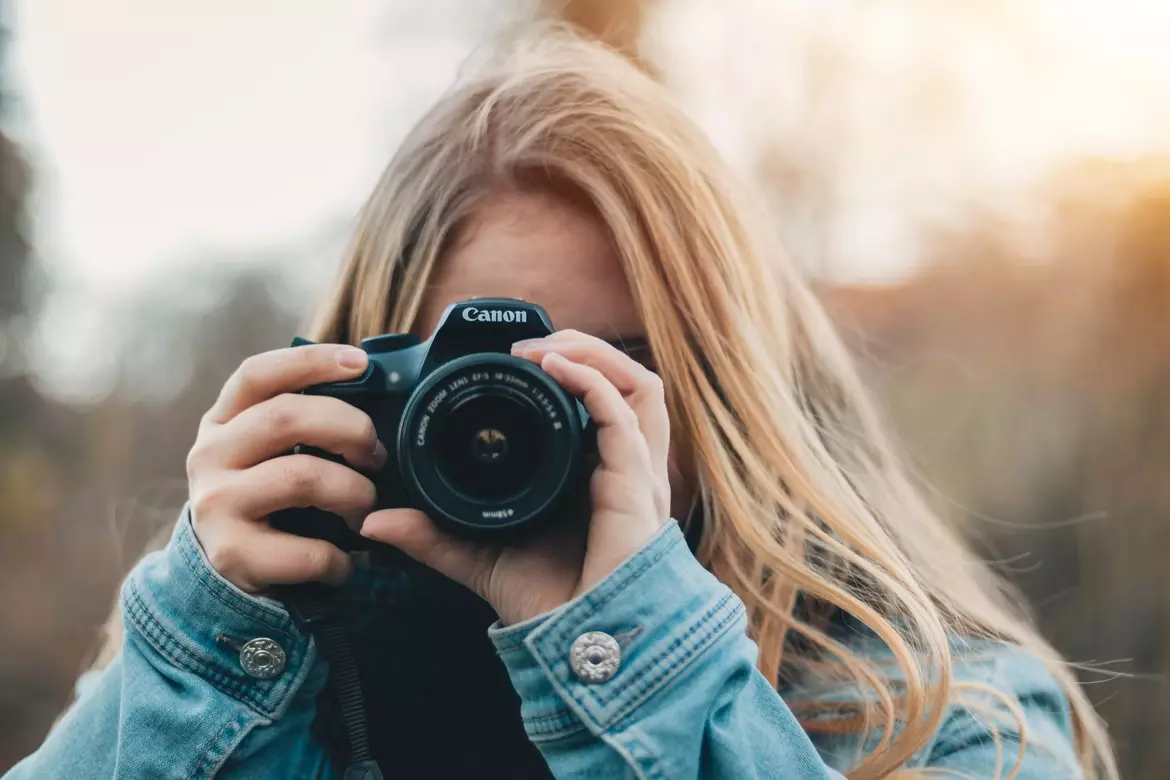Comments
- No comments found

The best tips and tricks come from experience.
The more you practice and learn, the better you'll get at it. Throughout this article, you will learn four exciting photography techniques that you can use to take beautiful pictures quickly and easily. Good photographs are more than flashes, cameras, and the ability to take the perfect photo. It's about technique, and this article will show you how to get just that.

Learning technique is a skill that can improve your photography. It is not easy to master, and it's the same with any other creativity; learning techniques will help you to grow and excel in your practice. Skillful photographers know how to use their cameras most effectively. They learn about their camera and its settings while they are still in the learning phase. This helps them improve their skills by leaps and bounds. Photography is a skill that requires a lot of practice and learning to master. Even if you think you know everything about photography, it is never too late to learn new techniques or upgrade your skillset. The approach of learning techniques in photography is different for everyone. Some photographers may prefer to take a class at a local art center, while others may be more interested in simply getting out there and finding out for themselves.
Although this post will focus on tips and tricks to get the best shots possible with your camera, you should also understand that modern photography involves post-processing. Editing photos is a must for every photographer. Editing photos is an art that takes time to master. The best part is that you can outsource photo editing to people familiar with that wide range of expensive software capable of perfecting a digital image. Nonetheless, you should still learn about the essentials of editing before deciding to outsource. It helps you improve your photography skills and gain the confidence to improve your work as you go on. It requires color theory, exposure, tone, shape, composition, and digital image editing skills. While it is always best to get as close to perfection in-camera, most cases demand digital tweaking to get a final product you are genuinely proud of.

Now that you understand the "why," it is time to move on to the "how. You can learn many methods, but the best approach is to use the basics in this post and then get out there and try them out.
The Rule of Thirds in Photography is a composition guideline for taking photos. It is based on the idea that the most visually engaging compositions are symmetrical by nature and often feature an area of high contrast. The rule states that pictures be divided into nine equal parts, nine vertical lines, and nine horizontal lines, which creates a grid. This approach to composition leads to more exciting images because it leads to less repetition in patterns and more variation in focal points. John Thomas Smith, an 18th-century painter, engraver, and writer, was the first to mention and identify the rule of thirds. It has subsequently become the most used aspect in photography composition.
In photography, optimum exposure is achieved by balancing three factors:
- Shutter speed: The duration of time when your camera's shutter opens and exposes its sensor to light.
- Aperture: This is the diameter of the aperture on the lens diaphragm. In your photographs, smaller numbers indicate a larger aperture and shallower depth of field. The larger the number, the less light that passes through and the sharper the image.
- ISO settings: ISO refers to the sensitivity of the sensor to light. In gloomy situations, use higher ISO settings, such as 800 or 1600 ISO, while using a lower setting in brighter conditions. Higher settings are generally associated with more grain or noise in the image.
A blurry or inadequately exposed photo is useless, but an imperfectly framed photograph can be preserved. Therefore, you should always focus on the subject and adequately expose it before framing it.
Although this isn't a specialized technique and is a cliche in many ways, it is essential for becoming a great photographer. You'll learn and develop your photography abilities faster if you make more blunders. Every professional photographer started with no knowledge of how to use a camera. Turning failures into lessons that improve your talents is where the actual value lies. So attempt a new approach or style, and be prepared to make many mistakes along the road.
Armed with the knowledge in this post, you can create photos that best represent the way you see the world. The most important thing is to get out there and test your camera to its limits to find a style that works for you.
Leave your comments
Post comment as a guest